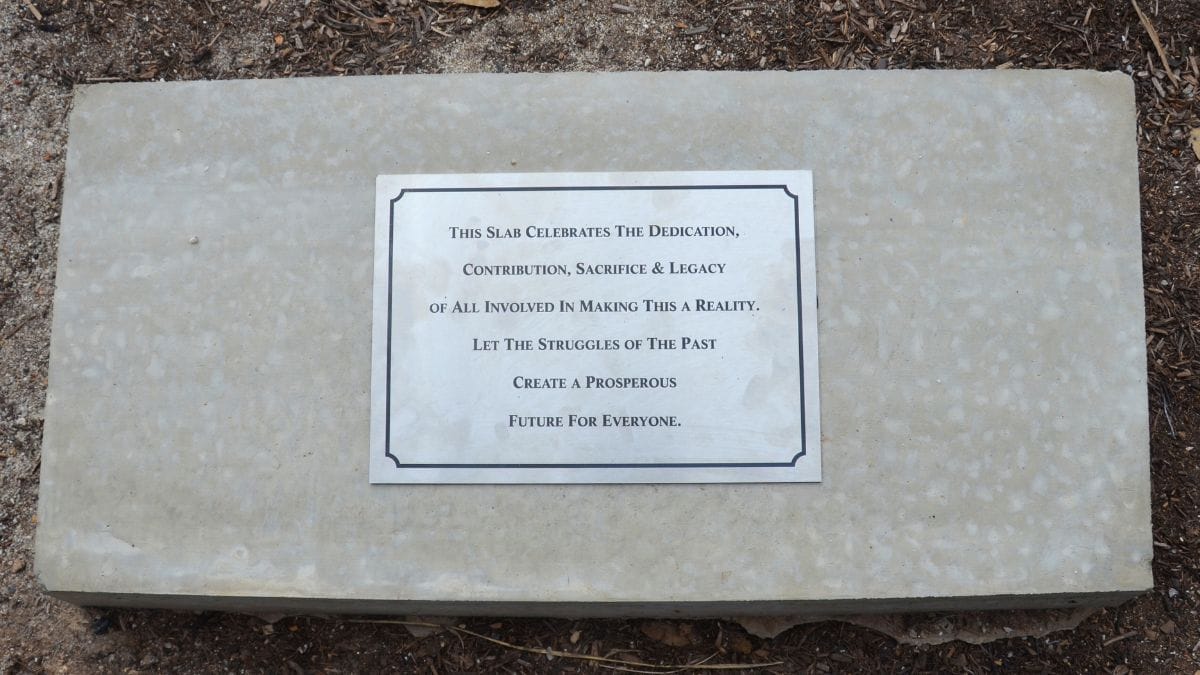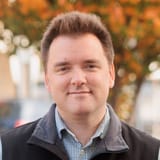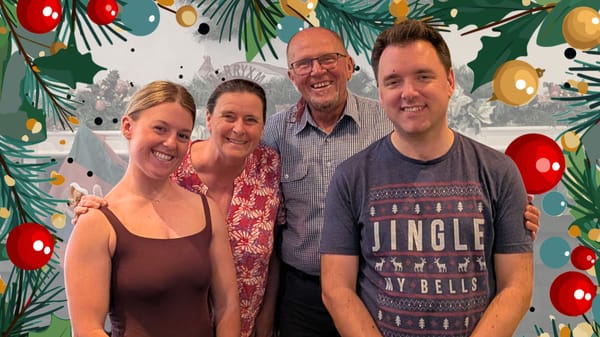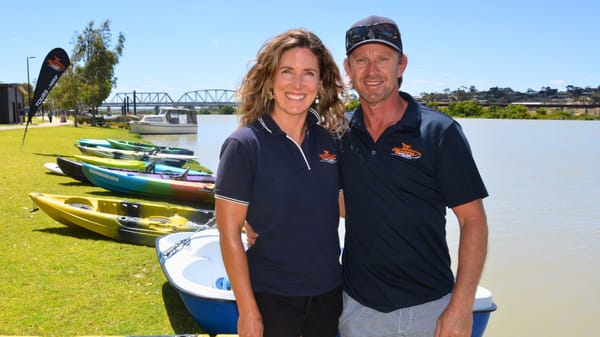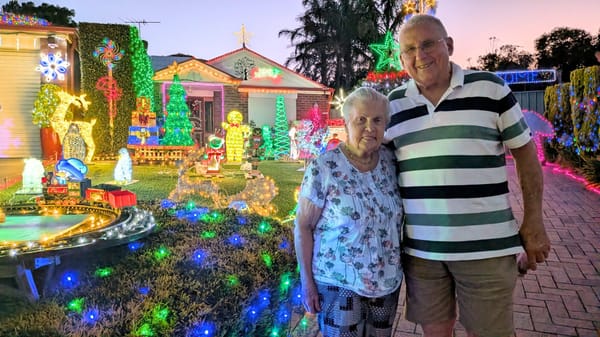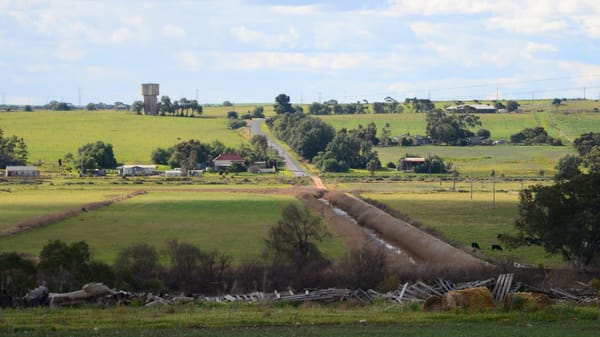Moorundi health centre’s opening fulfils a 23-year-old dream
The Moorundi Aboriginal Community Controlled Health Service has moved into a multi-million dollar clinic in Murray Bridge.

This story is now free to read. Help Murray Bridge News tell more stories like this by subscribing today.
It’s been described as the biggest build in the history of the Ngarrindjeri nation, and it’s finished at last.
On Friday morning, a ribbon was cut to mark the opening of the Moorundi Aboriginal Community Controlled Health Service’s new clinic on Adelaide Road, Murray Bridge.
Twenty-three years after a group of Ngarrindjeri community leaders came together to lay out their vision of a place their people could come to heal – a service that could help close the life expectancy gap in the Murraylands – that vision had finally been realised.
It was an emotional moment for Moorundi CEO Steve Sumner.
“Today marks the realisation of a dream that began over two decades ago, a vision that has weighed heavily on many of us for years,” he said.
“To the many community members who attended that historic meeting 23 years ago: thank you for your foresight and your belief.
“Without your voices we would not be standing here today.”
He made special mention of some of those who had not lived to see the dream become a reality: Victor Wilson, Sandy Wilson, Fran Lovegrove, Errol Blucher and Darryl Cameron.
Speaking on behalf of all those who had come before him, to a crowd of about 200 people, was the most nerve-wracking thing he had ever experienced, Mr Sumner said – more than any footy grand final.
“This has been a long and emotional journey,” he said.
“But today, their vision finally becomes a reality.”
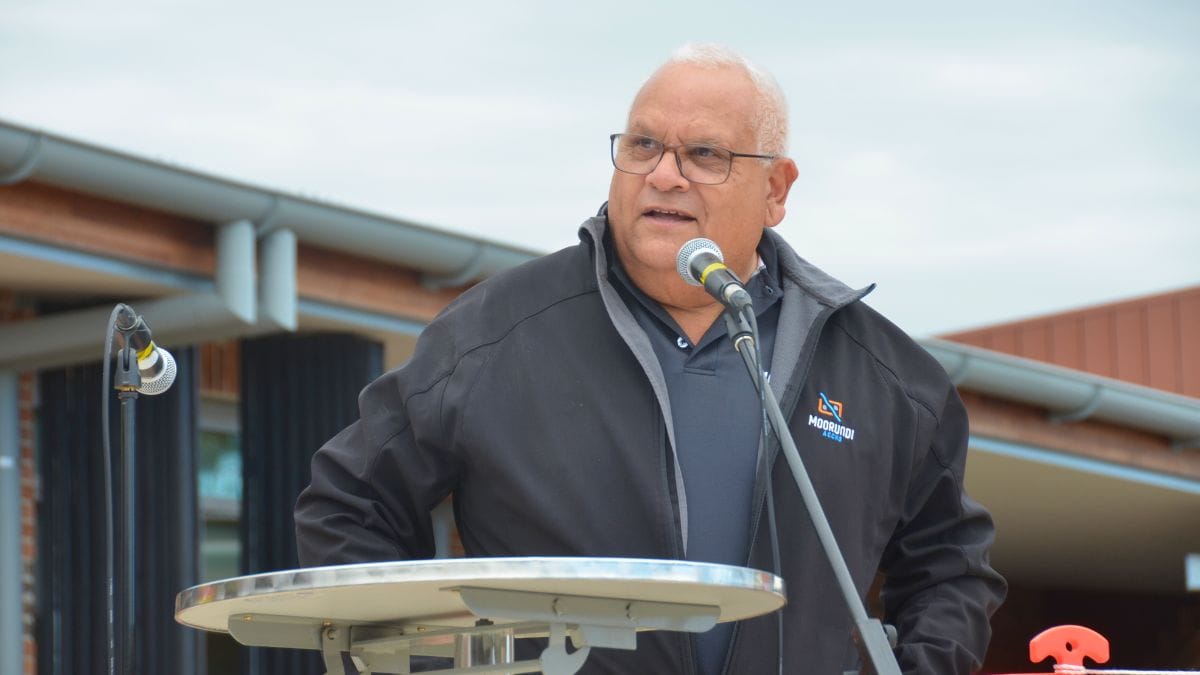
Moorundi chair Tahlia Lloyd underlined the service’s importance to the Ngarrindjeri people.
“This purpose-built facility is far more than just a building,” she said.
“It is a testament to decades of advocacy, to the relentless fight for autonomy and to the unwavering belief that Aboriginal people must be the decision-makers in our own health and wellbeing.
“This is your health service, born from your voices and sustained by your trust.”
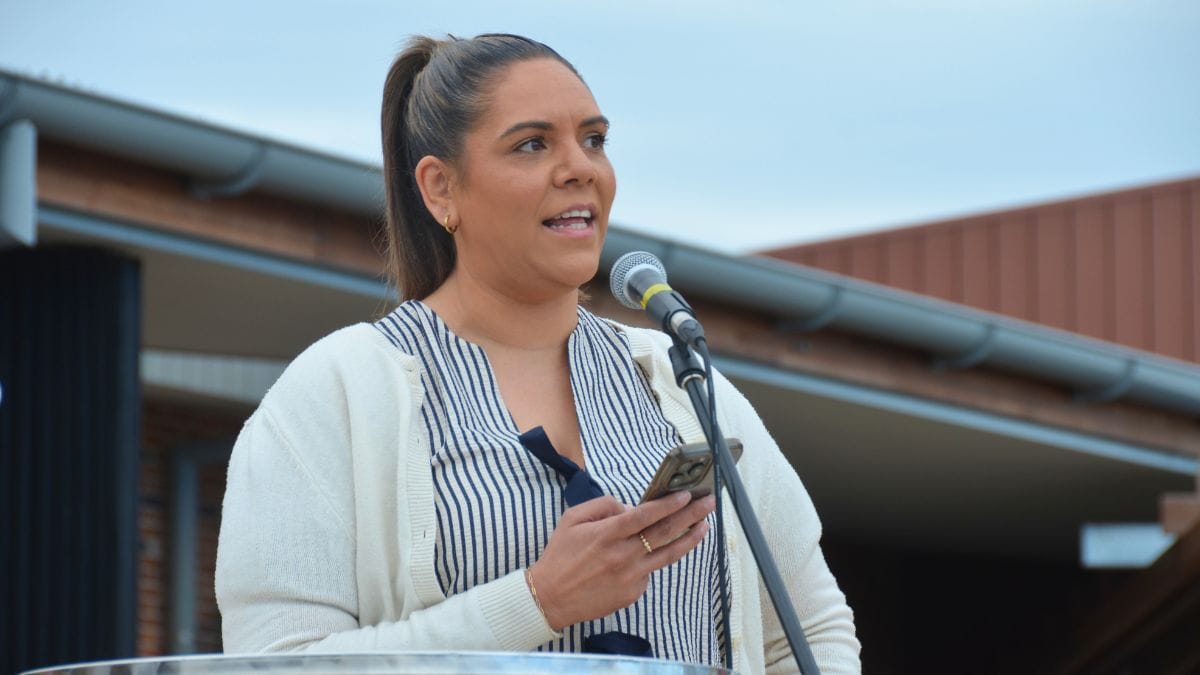
As well as providing medical services in a culturally sensitive way, the clinic will offer allied health care, mental health services and elders and children’s programs.
Its entrance features woven artworks by Aunty Ellen Trevorrow and the other women at Mardawi Aboriginal Corporation, with imagery of Ngarrindjeri nga:tji – culturally significant animals – inlaid along the walls.
The building features numerous spacious consulting rooms, decorated in natural green or earthy tones; a wing able to be sealed off in case of a future pandemic; emergency transfer rooms for use by paramedics; and connecting them all, a snaking light fitting reminiscent of the River Murray from which the health service took its name.
There are light, spacious offices, too, a base from which staff will work to continue building up the Ngarrindjeri people.
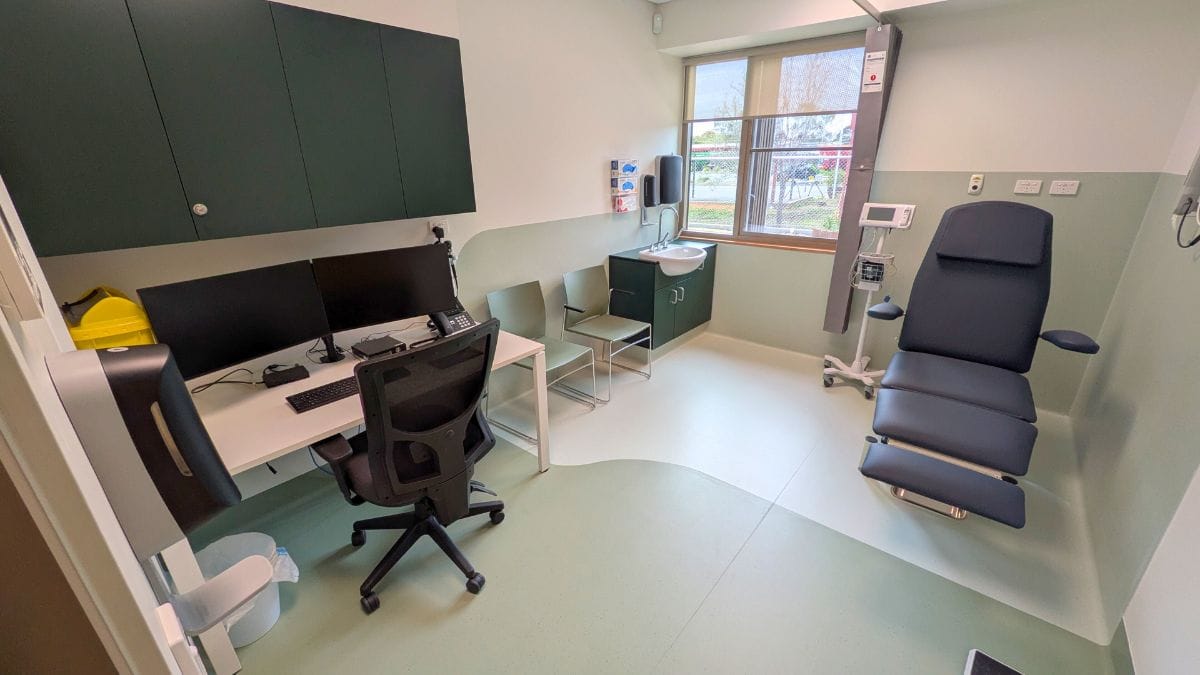
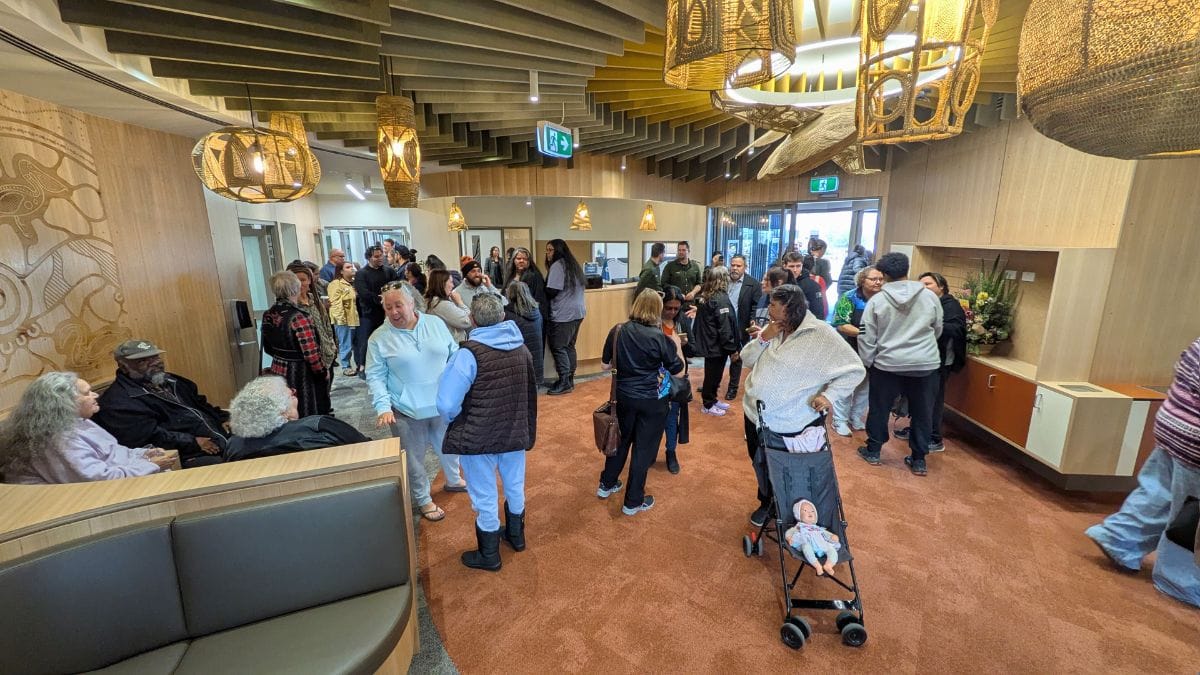
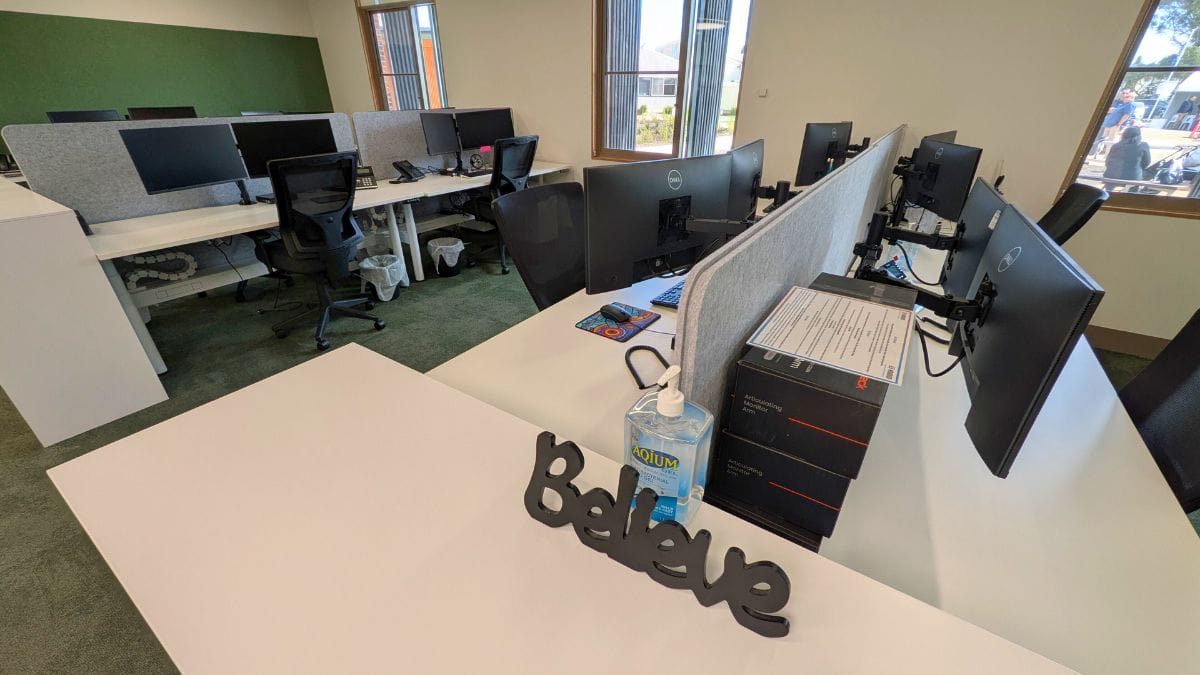
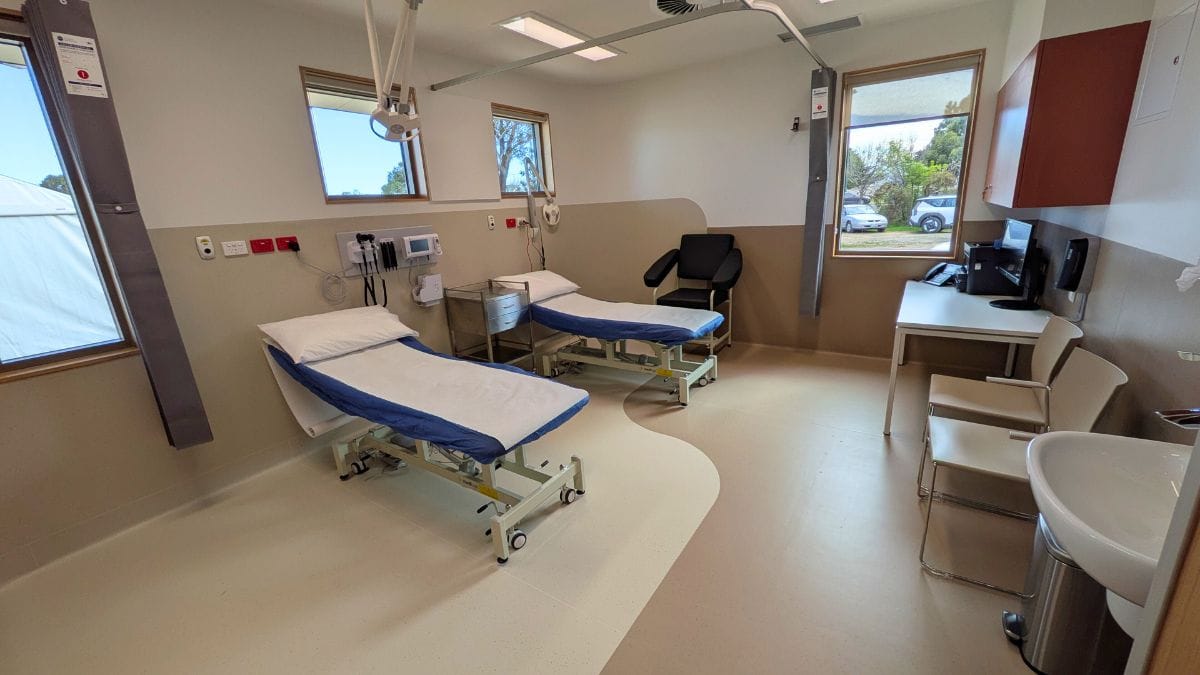
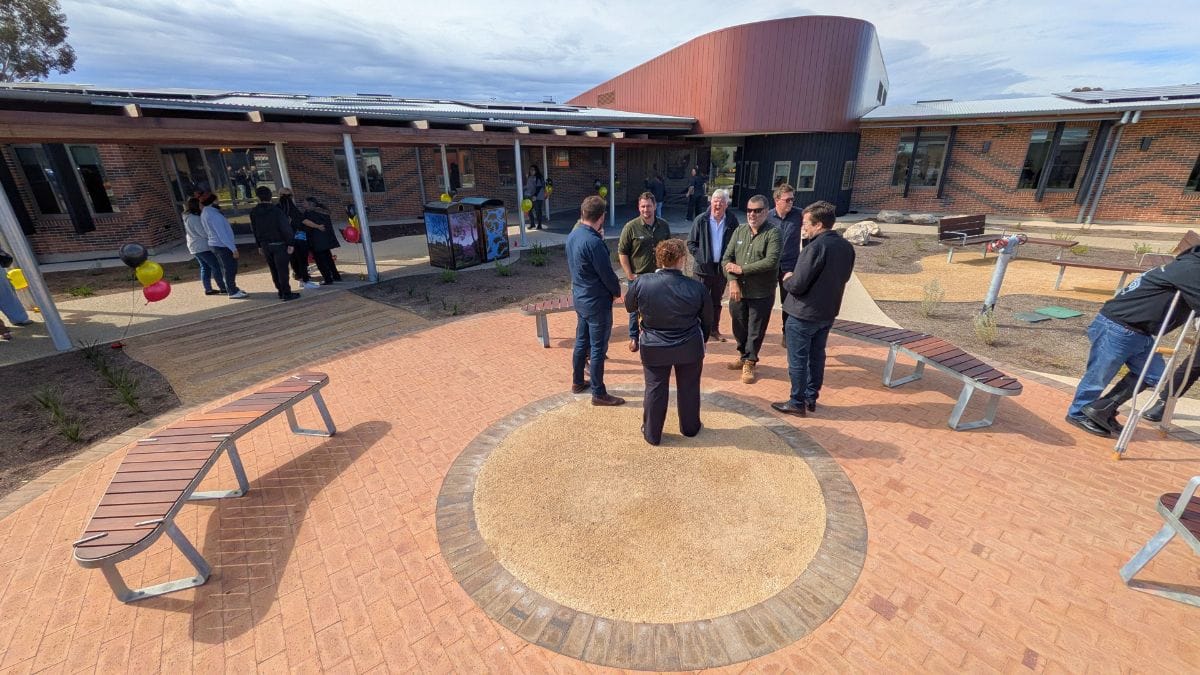
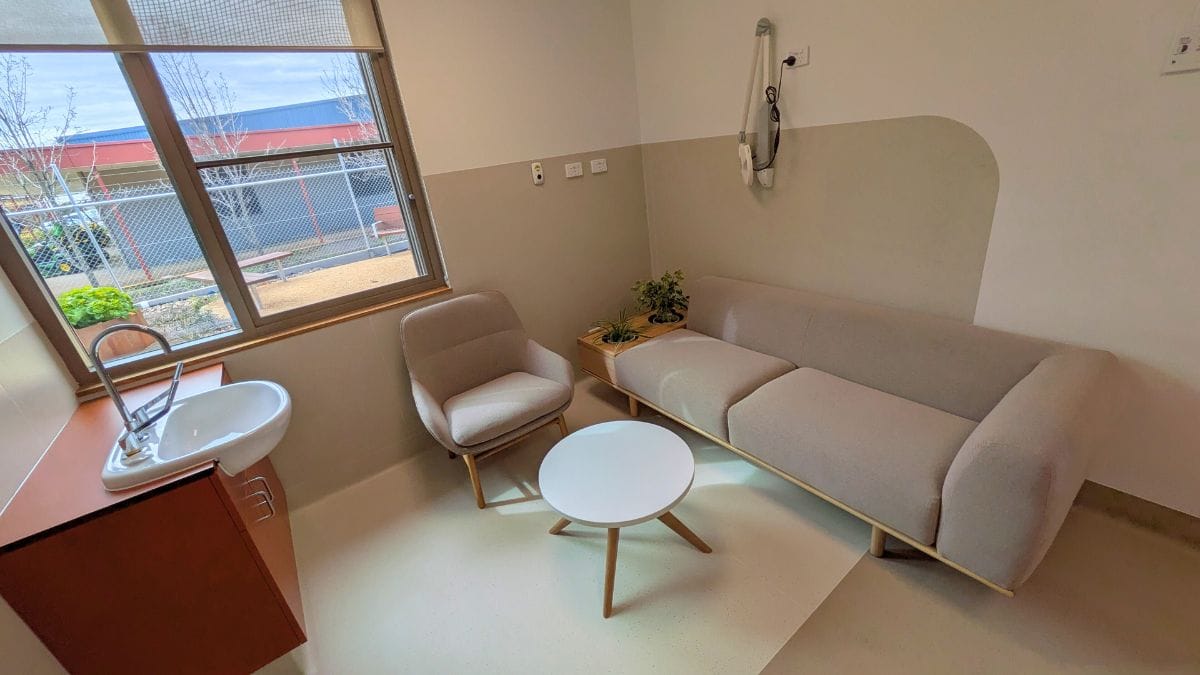
Visitors tour the facilities at the new Moorundi health centre on Friday. Photos: Peri Strathearn.
The decision to locate the clinic at 124 Adelaide Road was a conscious one.
The former Lower Murray Nungas Club has been a place where local Indigenous people have sought support and community for more than half a century, going back to its origins as a youth drop-in centre started by the late Aileen Wilson in 1974.
It was on September 30, 2002 that 65 Ngarrindjeri met at the old Francesco’s function centre, long since converted into a Church of Christ.
Each was given four stickers to stick next to the options they thought were most important in a list of priorities for Indigenous health in the Murraylands, Hills, Fleurieu and Coorong.
Diabetes, substance misuse, social and emotional wellbeing and youth issues were all raised as secondary priorities.
But establishing an Aboriginal-controlled health service was number one on the list, with four times as many stickers as any other option.
Some of the ideas brought up at that meeting, all those years ago, made their way into the shape and function of the building which was completed this month.
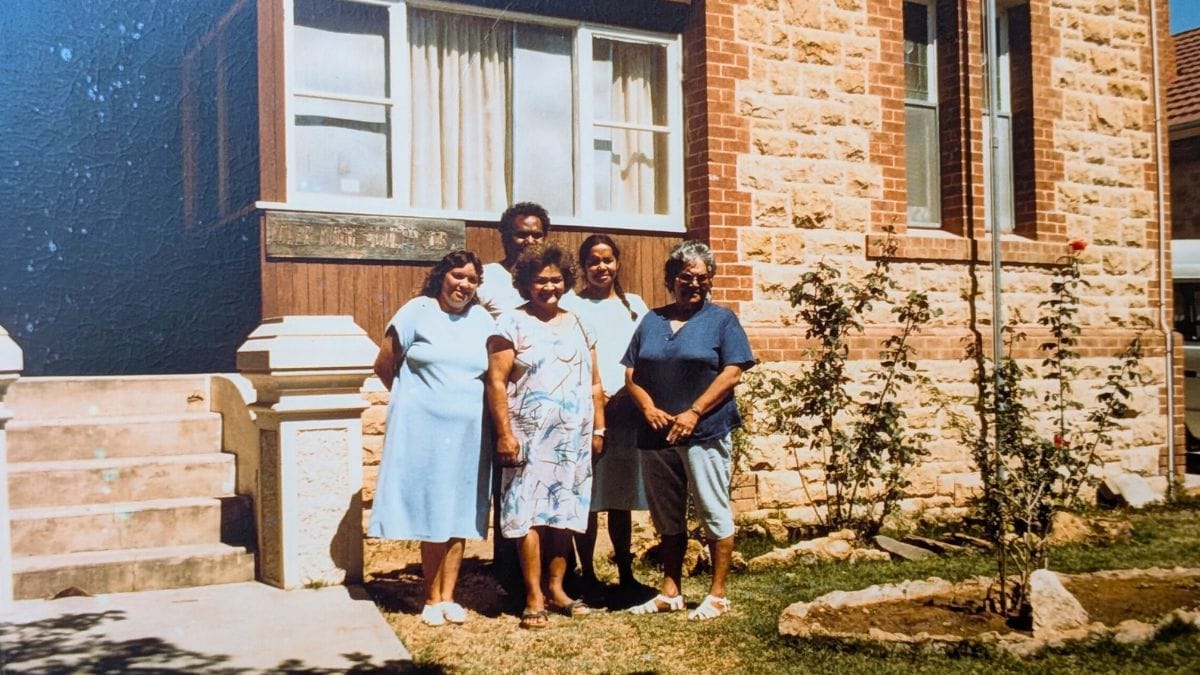
The building project was supported by the federal government’s Department of Health and Aged Care, and the Indigenous Land and Sea Corporation, to the tune of more than $10 million.
The time between the turning of the first sod and the opening was just 14 months.
Moorundi’s 42 staff will be based at the new building from this Monday, August 25.
